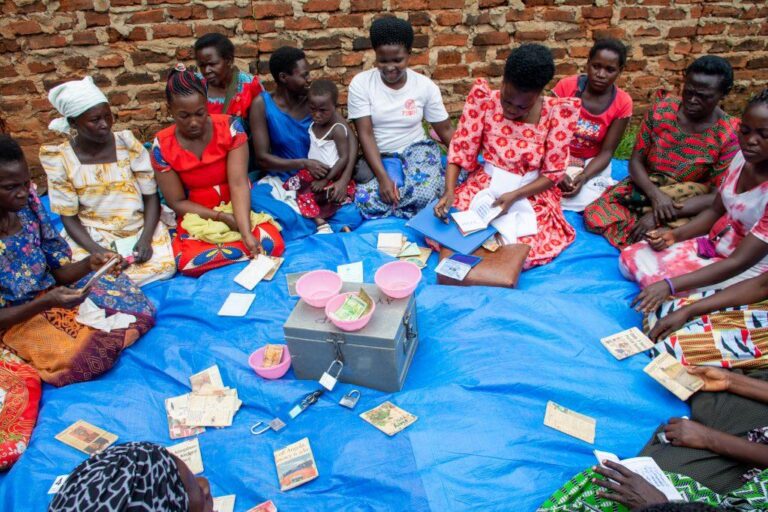Introduction to Women’s Savings Groups
Women’s savings groups are becoming increasingly significant in driving economic growth worldwide. These grassroots initiatives empower women to save and invest, which in turn stimulates local economies.
The Role of Savings in Economic Empowerment
One of the most critical factors in economic growth is access to savings. Women’s savings groups provide a platform for women to accumulate personal savings, which allows them to invest in their businesses and households.
1. Financial Independence
Financial independence is paramount for women in developing economies. These groups enable women to take control of their finances, fostering self-sufficiency and reducing dependency on external support.
2. Increased Investment in Local Businesses
When women save, they are more likely to invest in local businesses. This investment can lead to the creation of jobs and enhance local entrepreneurship.
3. Improved Child Education and Health
Women who belong to savings groups often prioritize spending on their children’s education and health. As a result, communities observe long-term benefits from educated and healthy children.
4. Building Community Bonds
Women’s savings groups foster strong community networks. This sense of community support can lead to collective problem-solving and innovation in economic activities.
5. Resilience Against Economic Shocks
Savings groups provide a safety net during times of economic uncertainty. By pooling resources, members can support each other, making communities more resilient to shocks like natural disasters or economic downturns.
6. Reduced Poverty Levels
Evidence shows that women’s savings groups contribute to reducing poverty in local communities. As women gain financial literacy and economic participation, poverty levels are likely to decrease.
Conclusion
The impact of women’s savings groups on economic growth cannot be overstated. For a deeper understanding of how these groups operate and the benefits they provide, visit this article.

